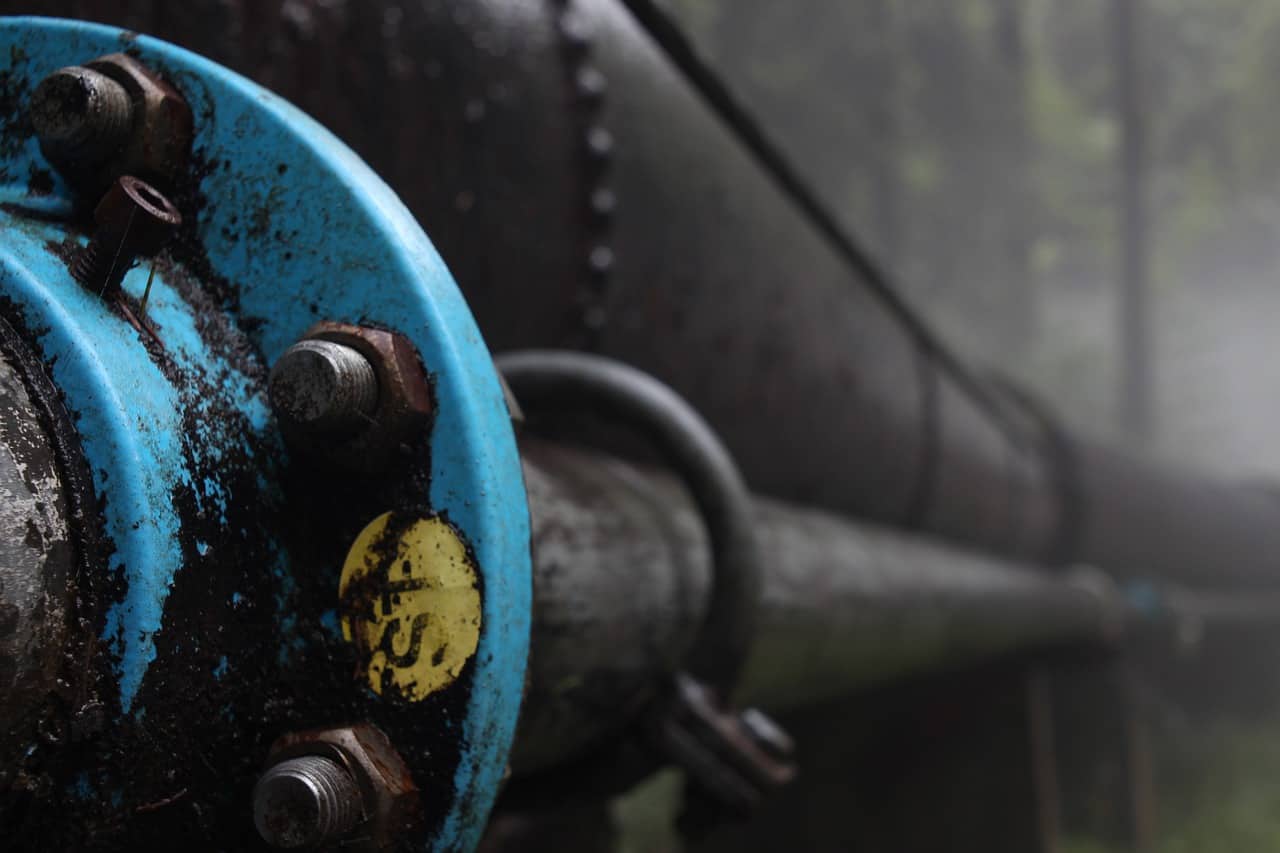“This is not good news, but not a climate bomb,” an expert said.
When the Nord Stream 1 and 2 gas pipelines were raptured in late September, likely as a result of sabotage, large quantities of methane, a potent greenhouse gas, leaked into the Baltic Sea, raising fears of both a environmental catastrophe and a blow to the climate.
The two damaged pipelines, which connect Russia to Germany, sent billowing plumes spreading in the sea from leaking gas contained in the inactive pipelines, which have been at the center of geopolitical tensions since Russia’s invasion of Ukraine in February.
Methane is less common in the atmosphere than CO2, but it has been responsible for some 30% of the global rise in temperatures because it is far more potent than CO2 as a greenhouse gas.
The leaks have largely stopped and even when they were ongoing, only a relative small amount, some 70,000 metric tons, were released rather than considerably higher amounts as previously feared, according to experts from the Atomic Energy and Alternative Energies Commission in France.
Even so, the amount of methane that escaped into the sea was equal to 2% of French carbon emissions, or the entire emissions of Paris in a year, noted Philippe Ciais, a scientist at the Laboratory of Climate and Environmental Sciences, who led the research.
“This is not good news, but not a climate bomb,” said Ciais, whose team estimated the size of the leak with the help of readings from stations of Icos, a European network that monitors atmospheric concentrations of greenhouse gases.
The leak may have been smaller than previously estimated because there might have been less gas in the pipes than though after Russia severly curtailed its gas exports to Europe in retaliation for European economic sanctions over its invasion of Ukraine. Plenty of gas might also have dissolved in sea water before it could escape into the atmosphere, the expert posited.
He added that based on atmospheric readings emissions peaked on September 27 before beginning to subside with a smaller surge on October 1.
“All of the four leaks were off the Danish island of Bornholm, two located in nearby Sweden’s exclusive economic zone, and the two others in the Danish one,” the Agence France-Presse news agency reports.
“The Swedish coastguard on Monday [October 3] said it could no longer observe gas emanating from the leak on the Nord Stream 1 pipeline, but bubbles from a smaller leak could still be seen above Nord Stream 2 on Monday afternoon.”
This story first appeared on Sustainability Times
Photo: Pixabay/klassensprecher930
© 2022 Sustainability Times.
This article is licensed under a Creative Commons Attribution-ShareAlike 4.0 SA International License.












